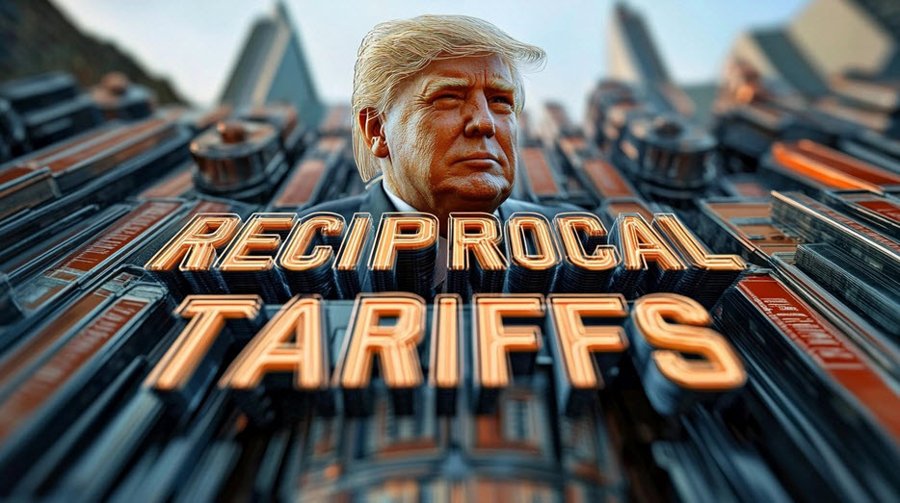The Trump administration is confused about European VAT taxes. Here is how they work

It will be interesting to see what the Trump administration today says about European VAT taxes, which seem to be a focus of several administration officials including Peter Navarro.
That thinking is causing confusion because these are essentially consumption taxes.
In any case, the Tax Foundation is out with a worthwhile read explaining how European VAT taxes work in comparison to US sales taxes.
Two scenarios to illustrate.
US export to Germany:
- Ford manufactures a car in the USA and exports it to Germany.
- When the car arrives in Germany, German VAT (e.g., 19%) is applied at importation.
- A German consumer buys the car and pays the 19% VAT, just like they would for a German-made car.
German car sold in Germany:
- BMW manufactures a car in Germany and sells it domestically.
- The consumer pays German VAT (19%) on the BMW.
This is well-understood but for some reason the Trump administration sees it as a tariff, though it could all be posturing to set up a move to tax German car exports.



